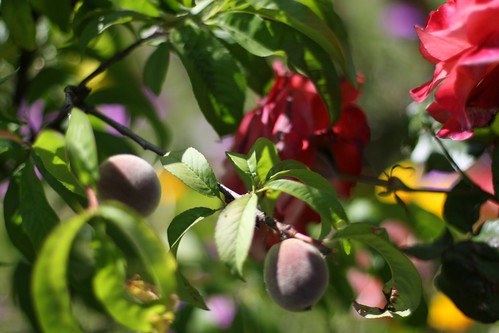Much of what I learned is what I do NOT want to do so I’ll start with that.

- I don’t want to do canning… water canning OR pressure canning. Just don’t – thought I did but no. Have taken my water canner back to Wal-Mart. I’m sold on the jars however!
- I don’t want to do pickling – no interest…. don’t really like the stuff.
- I don’t want to do freezing – what if the electric goes off then you lose everything…. and lord knows around here the electric goes off.
Now… what I do want to do:
- I do want to make jam… when I get berries from what I’ve planted…. grapes, blueberries, strawberries, blackberries, raspberries… yum! No this year however.
- And I’m still sold on dehydrating and have been for a year now. So far: peppers, sweet potatoes, tomatoes, leftover chili, apples and pears. On the horizon – everything I just listed plus: oatmeal (cook then dehydrate so it can be used right away on cold cereal and rehydrated in milk); broccoli (think broccoli cheese soup); salsa, beans (same concept as oatmeal); peaches, bananas, and other fruit: carrots, pumpkin and maybe some herbs such as mint and now I learned to make “leathers” (fruit leathers as a treat and vegetable leathers (tomato sauce leathers for pizza)!






































